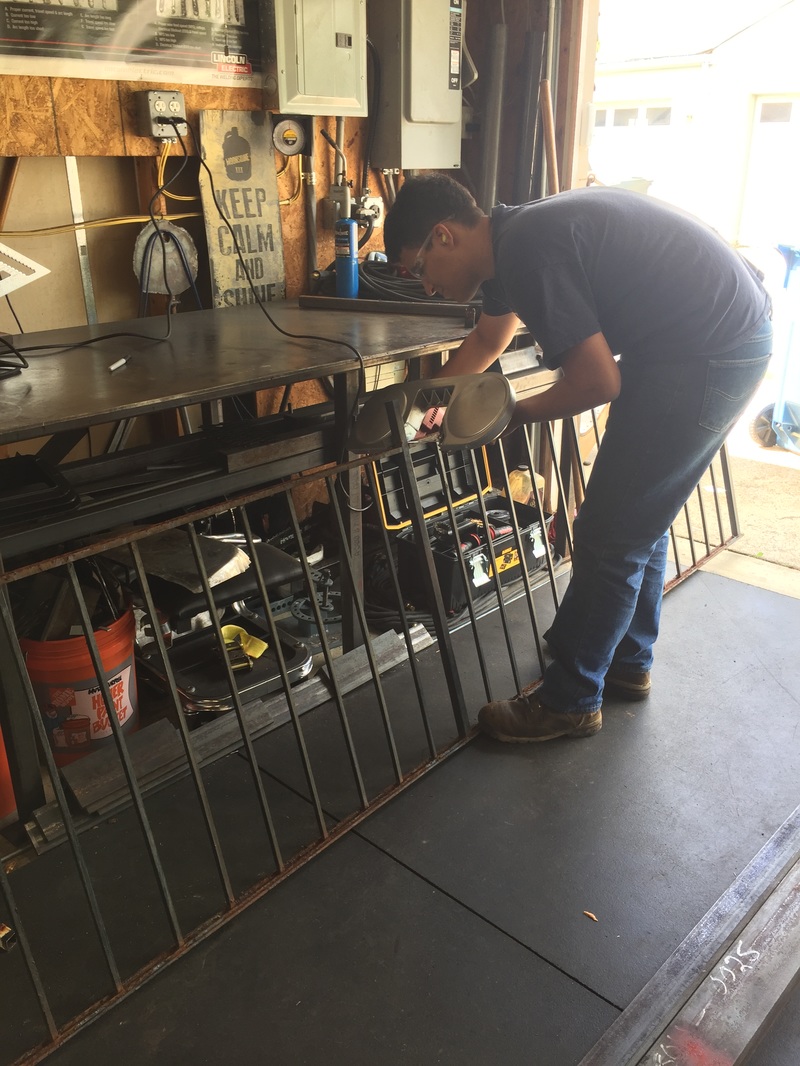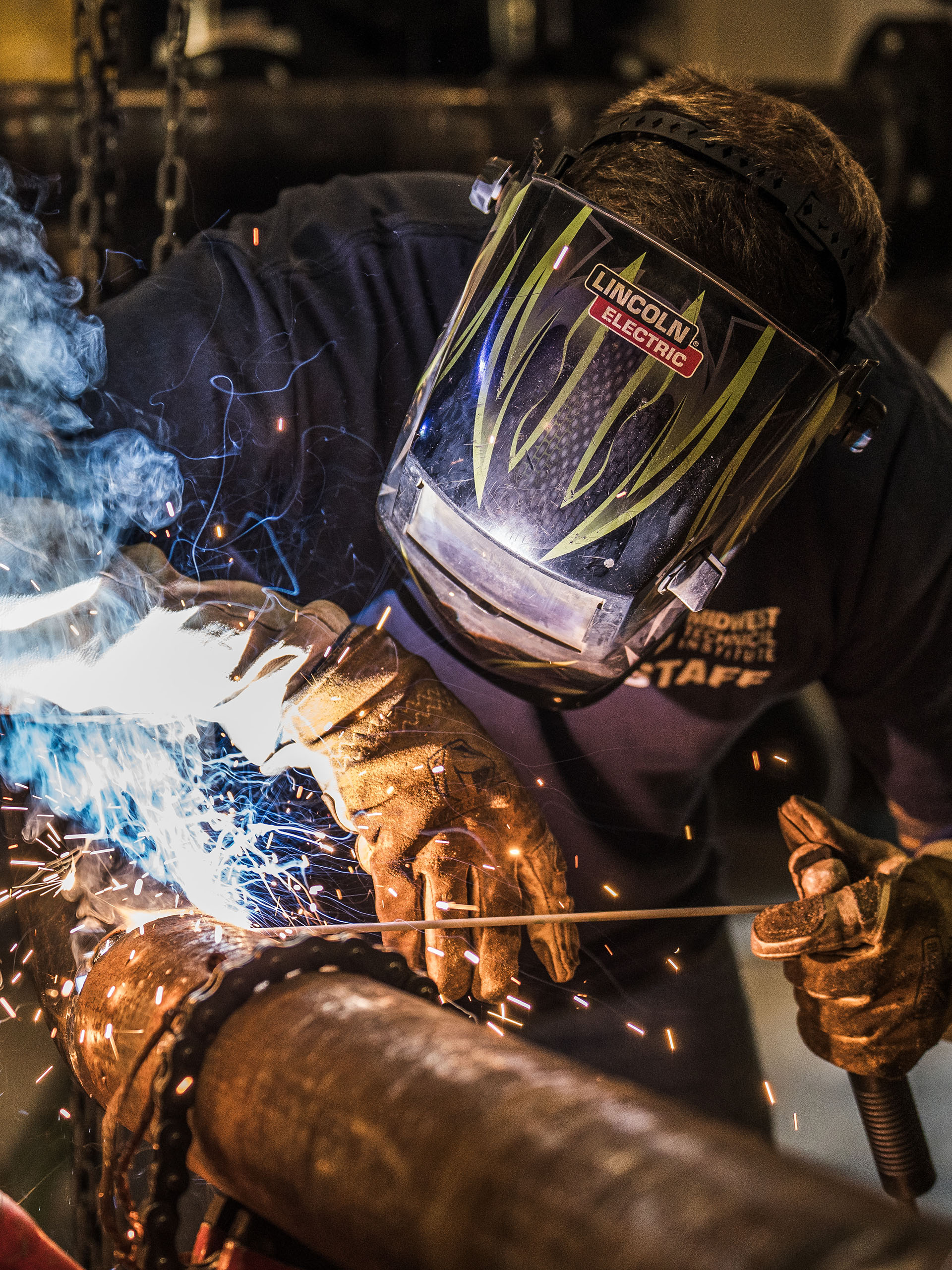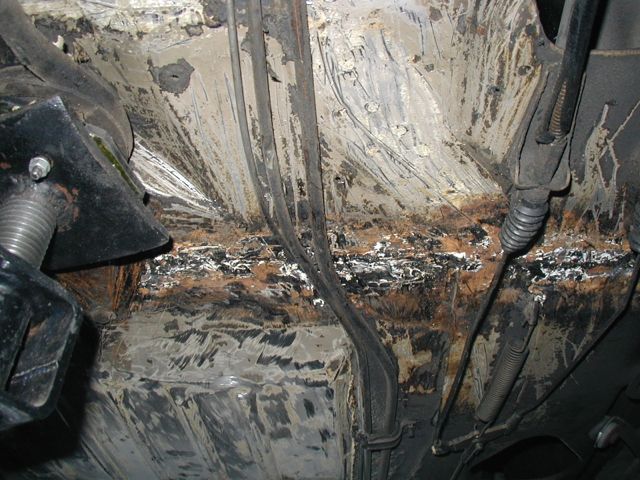Common Welding Fixing Issues and How to Address Them Successfully
Welding repairs often run into a series of problems that can endanger the stability of the last product. Typical issues consist of inadequate infiltration, porosity, and misalignment, among others. Each defect offers distinct difficulties that call for particular approaches for resolution. Recognizing these problems is crucial for welders aiming to enhance their skills and outcomes. This discussion will certainly explore these usual welding repair issues and efficient methods to address them.
Inadequate Infiltration
Inadequate penetration happens when the weld steel fails to totally fuse with the base material, causing weak joints and potential structural failings. This concern usually stems from inadequate warm input, incorrect electrode angle, or incorrect welding rate. Welders might run into poor infiltration as a result of a miscalculation of the essential specifications for a particular material thickness or kind. Additionally, contamination on the base material's surface area can prevent effective bonding, worsening the issue. To deal with inadequate infiltration, welders should guarantee appropriate settings on their devices and keep a tidy work surface area. Normal examination of welds is advised to identify any type of deficiencies early, enabling for timely adjustments and the avoidance of endangered architectural stability in bonded assemblies.
Porosity
Porosity is an usual flaw in welded joints that shows up as little gas bubbles entraped within the weld steel. This issue can jeopardize the honesty of the weld, causing reduced toughness and potential failure under stress. Montana Mobile Welding and Repair. Porosity commonly arises from contamination, moisture, or improper welding techniques, which permit gases to leave right into the molten weld pool. To deal with porosity, welders should guarantee proper surface prep work, preserve a tidy working atmosphere, and utilize ideal welding specifications. Furthermore, choosing the appropriate filler material and securing gas can alleviate gas entrapment. Routine assessment and screening of welds can assist recognize porosity early, guaranteeing prompt corrective activities are taken, consequently protecting the high quality and reliability of the bonded structure
Imbalance
Misalignment in welding can occur from various elements, including incorrect arrangement and thermal expansion. Recognizing the origin is important for effective resolution. A number of modification techniques are offered to straighten components and assure structural honesty.
Reasons of Imbalance
Welding misalignment usually originates from a range of underlying issues that can endanger architectural honesty. One main reason is incorrect fit-up of components before welding, which can bring about voids and irregular surface areas. Variants in thermal expansion throughout the welding procedure can likewise cause distortion, especially if the materials being joined have different coefficients of growth. Additionally, inadequate fixturing and securing may fail to hold elements firmly in area, resulting in activity during welding. Poorly kept devices, consisting of welding machines and devices, might introduce variances in the weld grain, additional contributing to misalignment. Operator mistake, stemming from inadequate training or experience, can likewise play a substantial duty in producing misaligned welds.

Modification Strategies Available
Addressing misalignment successfully needs a mix of corrective techniques tailored to the details problems available. One usual approach is making use of jigs or components to hold components in the correct position throughout welding, guaranteeing constant alignment. Furthermore, preheating the products can help minimize distortion and boost fit-up. For significant imbalance, mechanical realignment methods, such as utilizing hydraulic jacks or clamps, can be utilized to fix the placement prior to welding. Post-weld warmth therapy might likewise be necessary to alleviate stress and anxieties triggered by imbalance. Ultimately, mindful inspection and adjustment throughout the arrangement phase can avoid imbalance concerns from ending up being considerable issues, promoting a smoother welding process and enhancing total architectural stability.
Distortion
Distortion is a typical obstacle in welding that can occur from various variables, including uneven heating and air conditioning. Understanding the root causes of distortion is necessary for implementing effective prevention strategies. Addressing this problem not only improves architectural stability yet additionally improves the total top quality of the weld.
Reasons of Distortion
When based on the extreme heat of welding, materials frequently go through changes that can cause distortion. This phenomenon mainly arises from thermal growth and tightening during the welding process. As the weld area heats up, the product increases; upon air conditioning, it contracts, which can create internal anxieties. In enhancement, irregular home heating across a work surface can aggravate these stresses, leading to warping or bending. The kind of material likewise plays a substantial role; metals with varying thermal conductivity and coefficients of expansion may react in a different way, leading to unforeseeable distortions. Poor joint style and insufficient fixturing can add to misalignment throughout welding, increasing the possibility of distortion. Comprehending these reasons is vital for efficient welding repair and prevention strategies.
Prevention Techniques
Effective avoidance methods for distortion during welding focus on regulating heat input and making certain proper joint design. Keeping a constant warmth input helps to reduce thermal development and contraction, which can result in distortion. Utilizing strategies such as pre-heating the workpiece can likewise decrease the temperature gradient, promoting uniform heating. Furthermore, selecting proper joint styles, such as T-joints or lap joints, can boost security and decrease stress focus. Implementing appropriate fixturing to protect the work surfaces in position further help in preserving alignment during the welding process. Staggered welding sequences can disperse warm extra equally, stopping local distortion. By using these approaches, welders can significantly reduce the likelihood of distortion and improve the total top quality of their welds.
Breaking
Breaking is a common issue experienced in welding fixings, often resulting from different variables such as incorrect cooling rates, product selection, or poor joint preparation. The incident of splits can considerably compromise the stability of the weld, causing prospective failings throughout operation. To address this concern, welders should first analyze the origin, guaranteeing that products work and suitably chosen for the specific application. In addition, managing the air conditioning rate during the welding procedure is essential; quick cooling can cause anxiety and bring about splitting. Appropriate joint layout and prep work additionally contribute to decreasing the danger. Carrying out these approaches can boost weld top quality and toughness, eventually minimizing the probability of breaking in completed weldments.

Incomplete Blend
A substantial issue in welding repairs is incomplete fusion, which happens when the weld metal does not properly bond with the base material or previous weld passes - Montana Mobile Welding and Repair Belgrade. This defect can result in weak points in the joint, possibly compromising the stability of the bonded structure. Variables adding to insufficient combination include not enough warm input, incorrect welding strategy, and contamination of the surface areas being signed up with. To resolve this helpful hints problem efficiently, welders ought to ensure correct pre-weld cleaning and surface prep work, as well as change their welding parameters to achieve appropriate infiltration and fusion. Routine inspection during the welding procedure can also assist identify incomplete combination early, permitting prompt corrective measures to boost the overall top quality of the weld
Overheating
While welding fixings can improve structural integrity, overheating offers a significant obstacle that can result in product deterioration. Extreme heat throughout welding can additional resources modify the mechanical homes of metals, causing decreased stamina, enhanced brittleness, and warping. This phenomenon is especially vital in high-stress applications where architectural reliability is vital. Determining overheating can include visual evaluations for discoloration or distortion, in addition to keeping track of temperature level throughout the welding process. To reduce the threats associated with getting too hot, welders ought to utilize suitable strategies, such as controlling warm input, adjusting traveling speed, and utilizing suitable filler materials. In addition, executing pre- and post-weld warm treatments can assist recover product residential or commercial properties and improve the overall quality of the fixing, making sure long-term efficiency and safety.
Regularly Asked Concerns
What Are the Common Indicators of a Welding Problem?

How Can I Examine My Welds for High quality?
To test welds for top quality, one can use visual assessments, ultrasonic testing, and radiographic techniques. Each method guarantees structural integrity, determines flaws, and confirms adherence to specified standards, ultimately improving the reliability of the bonded joints.
What Safety Safety Measures Should I Take While Welding?
When welding, one ought to prioritize safety by putting on ideal individual protective equipment, guaranteeing appropriate air flow, protecting combustible products away, maintaining a clean office, and understanding surroundings to avoid injuries and accidents.
Can I Fix a Weld Without Redoing the Entire Joint?
Repairing a weld without redesigning the entire joint is feasible, depending upon the damage (Belgrade Welding). Methods such as grinding, adding filler product, or utilizing a welding process can efficiently resolve details problems while protecting the bordering structure
What Tools Are Essential for Effective Welding Services?
Necessary devices for reliable welding repair services consist of a welding machine, cord brush, grinder, protective gear, clamps, and filler products. Each tool plays an essential function in ensuring high quality and safety and security throughout the fixing process. Porosity normally emerges from contamination, moisture, or inappropriate welding strategies, which enable gases to escape into the liquified weld pool. Badly conserved equipment, consisting of welding equipments and tools, might introduce inconsistencies in the weld bead, more adding to imbalance. When subjected to the intense warm of welding, materials commonly go through changes that can lead to distortion. Cracking is a typical problem come across in welding repair services, typically resulting from numerous aspects such as improper air conditioning rates, product choice, or poor joint prep work. A considerable problem in welding repair services is insufficient blend, which takes place when the weld steel does not sufficiently bond with the base product or previous weld passes.